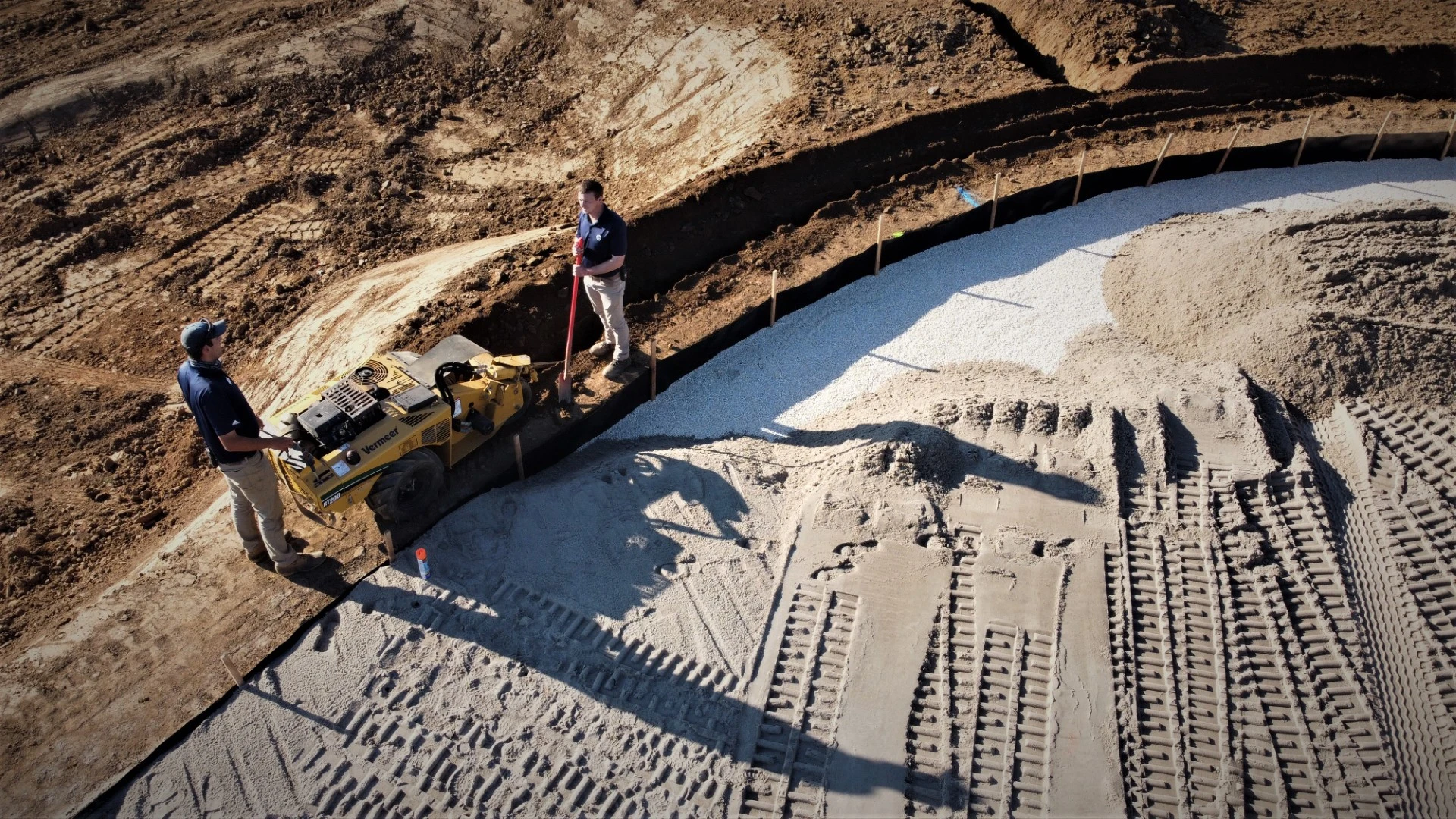
Every golf course differs in certain respects. Length, width, setting, playing surface — all are variable. The only consistent, established by the sole rule addressing a golf course’s structure, is that the hole to which you play must be four and one-quarter inches in diameter. Everything else is up for grabs, thus making for the most diverse playing field of any major sport.
I hear all kinds of explanations about what people look for in a golf course. The most common are “tests every club in the bag,” “memorable,” “beautiful” and “well-conditioned.” But these are slippery criteria. They suggest nothing about how various clubs are tested. Nor is “beauty” of much help given widely different aesthetic standards. Do we include beds of annual flowers or stands of perennial shrubbery as appropriate flora? And I can think of nightmarish courses I’ve played that I wish I could forget. Anyway, here goes: How, over the decades, I have come to evaluate golf courses.
A distinct sense of place
I love site-specific golf courses. You know where you are. It could be Whistling Straits in Wisconsin with many holes (and all the par 3s) along a bluff overlooking Lake Michigan. Or Elephant Rock in Williams, Arizona, where the original 1920s nine is organized around lava rocks that look like … well, elephants. Or Astoria in Oregon, where holes are routed along massive linear furrows and around corduroy-like sand dunes. I like to feel I am somewhere distinct, where the golf enhances the native setting rather than fights it.
Sitting in the land
That leads to the next criterion: a course whose shaping and configuration is sitting in the land, embedded, rather than helicoptered in like a TPC or hammered in like so many of the courses manufactured from the 1960s through the 1990s. That’s when construction companies took over from architects and determined the basic shape of golf holes. The classic era architects — Donald Ross, Alister MacKenzie — oversaw the sculpting of features (like A.W. Tillinghast’s dolomites at Somerset Hills in New Jersey) that enhanced or exaggerated what was already there. They did not transform landscapes wholesale or create features that were not already suggested by the terrain, the rock and the elements.
Golf got boring. It got interesting again when it was imaginatively teased from existing elements, like Tobacco Road in Sanford, North Carolina, or Bandon Dunes in Oregon.
Walkable
I detest courses where the attendants load your bag on a cart without asking — a signal to me of a wayward club culture and of a course that meanders randomly through too much real estate. At least allow the golfer to opt for walking, though it would help if the green-to-tee walks are proximate and obvious rather than strung out across a suburbia with road crossings that require extensive signage indicating where the next hole is.
Playable and enjoyable by a variety of players
Most media discuss the game as if everyone were a near-scratch golfer and anyone above an 8-index is a hack. That’s a disastrous business model. “Back-tee golf” is only 1 percent of play at most courses, whereas 90 percent is — or should be — in the range of 4,500 to 6,300 yards. The course is worthless if it beats you up and is not enjoyable for a wide variety of everyday golfers. The course has to be playable both in the air and along the ground for it to merit (by me) a label of good or better.
Memorable feelings
Courses are memorable because they make an impression, and not just visually. What really counts is the visceral — the emotional sensibility of seeing something that implants itself in a transformative way. I felt that way when I stood on the second tee at Cabot Cliffs on Cape Breton Island, Nova Scotia, to see Bill Coore’s and Ben Crenshaw’s work. I was viscerally overwhelmed, almost breathless in awe at what I beheld.
I’ve gotten that way elsewhere. The first tee at Prestwick in Scotland, the eighth hole (Postage Stamp) at Royal Troon in Scotland. The par-3 14th tee at Inwood Country Club on Long Island — just across the bay from JFK Airport. The eighth fairway of Prairie Dunes in Hutchinson, Kansas, playing a hole 30 years after I had read about it in my teens and finding it even better than I had imagined.
That’s when golf course design becomes special. When you can feel down to your bones and your toes what it means for an art form to come alive and animate you thoroughly.
That’s how I judge golf courses. I know it when I feel it. And when I feel it, I get rewired.

Explore the January 2025 Issue
Check out more from this issue and find your next story to read.
Latest from Golf Course Industry
- Standard Golf announces new product lineup for 2025
- The Salt Pond taps Troon for management
- KemperSports selected to manage Swansea Country Club
- From the publisher’s pen: Grab that guide
- Introducing our April 2025 issue
- South Carolina leaders honor golf course superintendent
- One and only
- Wild can be good






